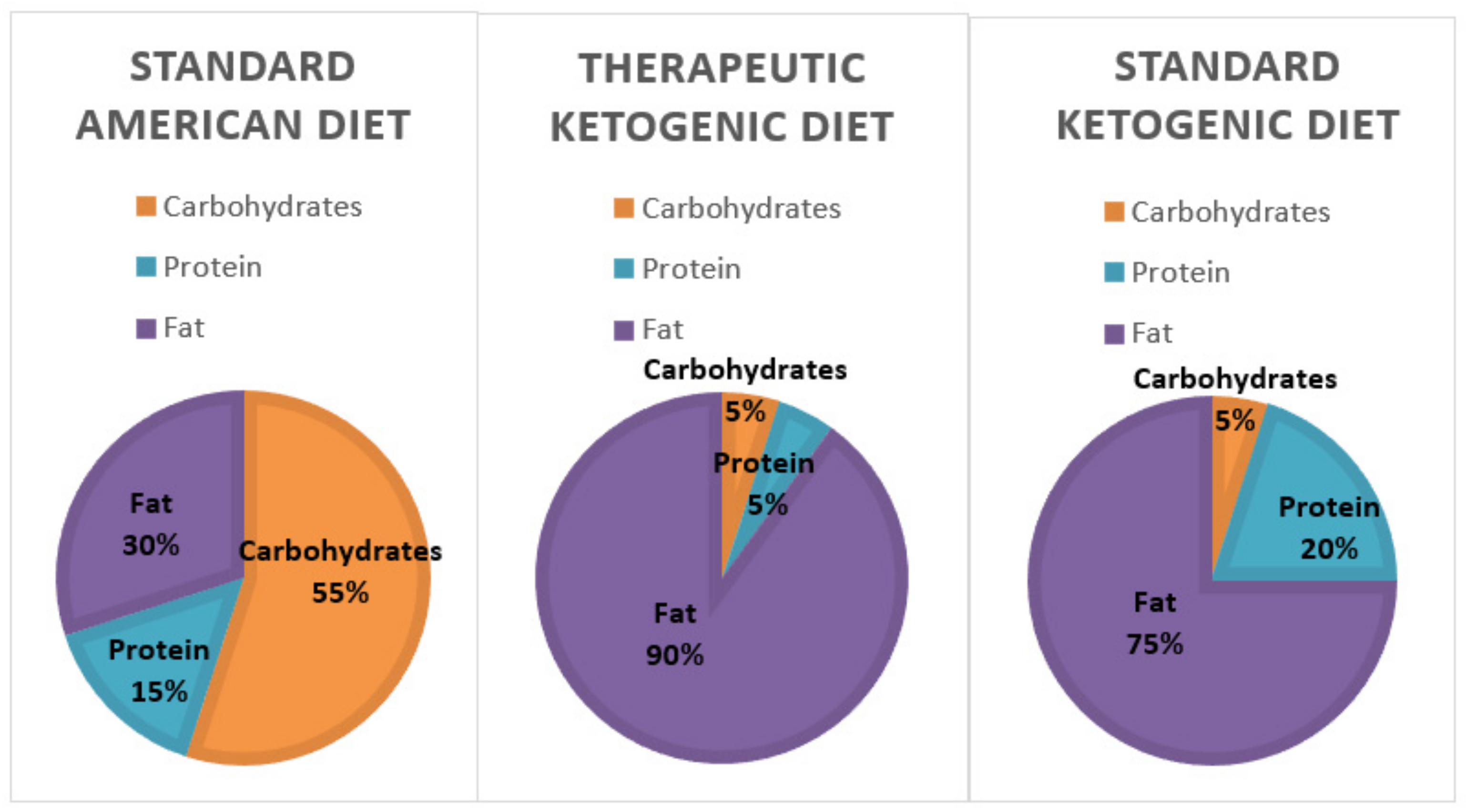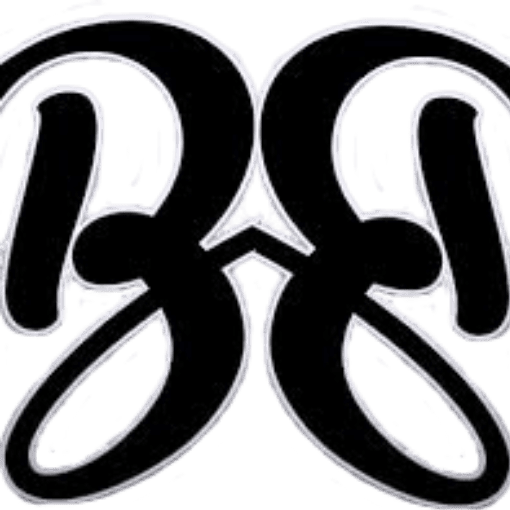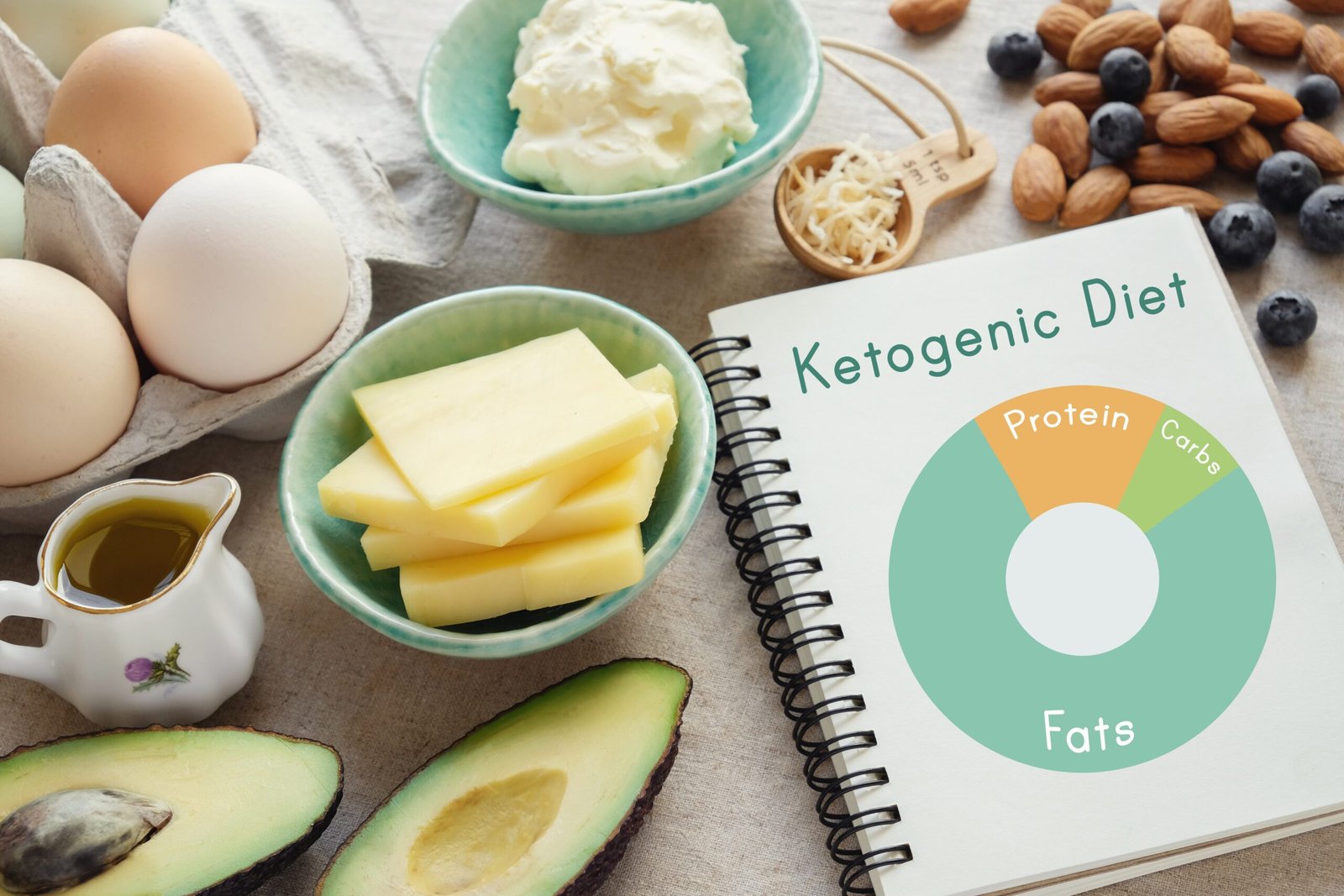The Standard Ketogenic Diet (SKD) involves a high-fat, moderate-protein, and low-carbohydrate eating plan. Its primary goal is to achieve ketosis for weight loss and improved health.
Embarking on a ketogenic journey starts with understanding the SKD, which typically consists of about 70% fat, 20% protein, and only 10% carbohydrates. This diet shifts your body’s metabolism away from carbs and towards fat and ketones, powerful sources of energy.
By reducing carb intake drastically, the SKD forces your body to burn fat for fuel instead of glucose, leading to weight loss and potential benefits such as increased mental sharpness and energy levels. This diet appeals to those who are keen to manage their weight and control blood sugar levels, as well as individuals seeking a structured dietary approach to improve overall well-being. Engaging with the SKD may require guidance to ensure nutritional needs are met while adhering to the specific macronutrient ratios.

The Ketogenic Diet Phenomenon
Essentials Of The Standard Ketogenic Diet (skd)
Embarking on the Standard Ketogenic Diet (SKD) means changing how your body fuels itself. By cutting carbs and increasing fats, you ask your body to use fat as a primary energy source. This is what sets the stage for ketosis, a metabolic state where fat burns for fuel instead of carbohydrates. Let’s dive into the essentials of SKD:
Getting your macronutrient ratios right is the backbone of SKD success. A typical ratio looks like this:
| Macronutrient | Percentage of Daily Intake |
|---|---|
| Fat | 70-80% |
| Protein | 15-20% |
| Carbohydrates | 5-10% |
Following these ratios puts your body on the right track for ketosis.
Knowing which foods to eat is crucial on SKD. Your diet should focus on:
- Healthy fats like avocados, coconut oil, and butter.
- Protein sources such as meat, fish, and eggs.
- Low-carb vegetables like spinach, kale, and broccoli.
Avoid sugary foods, grains, and high-carb fruits to maintain ketosis.
Wondering what a day on SKD may look like? Here’s a sample meal plan:
- Breakfast: Scrambled eggs with spinach and cheese.
- Lunch: Grilled chicken over a leafy green salad with avocado.
- Dinner: Steak with asparagus and a side of butter.
Don’t forget to include snacks like nuts or cheese to keep you satisfied.

:max_bytes(150000):strip_icc()/what-is-a-ketogenic-diet-2241628_final3-5b364771c9e77c00374825f0.png)
Frequently Asked Questions For Standard Ketogenic Diet
What Is The Standard Ketogenic Diet?
The Standard Ketogenic Diet (SKD) is a low-carb, high-fat diet that aims to induce ketosis, a metabolic state where the body burns fat for energy instead of carbohydrates.
How Does Ketosis Aid Weight Loss?
Ketosis shifts your metabolism towards burning fat for fuel, often resulting in reduced hunger and consistent weight loss.
Can You Eat Fruit On Skd?
Most fruits are limited on SKD due to high sugar content, but berries can be eaten in moderation because of their lower carb count.
What Foods Are Key In Skd?
Foods central to SKD include meats, fatty fish, eggs, butter, nuts, and low-carb vegetables like leafy greens.
Are There Risks To A Ketogenic Diet?
While many experience positive results, a ketogenic diet can pose risks such as nutrient deficiencies and may not be suitable for everyone without medical consultation.
Conclusion
Navigating the ins and outs of the Standard Ketogenic Diet may seem daunting at first glance, but its potential health benefits are compelling. By focusing on high-fat, low-carb foods, this diet has helped many achieve weight loss and improved well-being.
Always remember, individual results may vary and consulting with a healthcare professional before embarking on any dietary change is essential to ensure it aligns with your personal health goals and needs. With dedication and the right guidance, the Standard Ketogenic Diet could be the key to unlocking a healthier lifestyle for those it suits.

